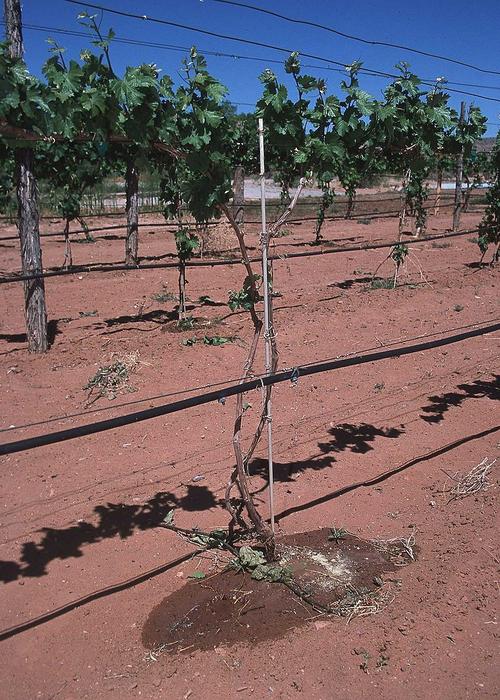Drip irrigation is a technique in which water flows through a filter into special drip pipes, with emitters located at different spacing. Water is distributed through the emitters directly into the soil near the roots through a special slow-release device (dripper). If the drip irrigation system is properly designed, installed, and managed, it may help achieve water conservation by reducing evaporation and deep drainage. Compared to other types of irrigation systems water can be more precisely applied to the plant roots and therefore lower the water demand. Drip irrigation is adaptable to any farmable slope and is suitable for most soils. In contrary to commercial drip irrigation, simple self-made systems are cheap and effective. Commercial drip irrigation can be a very technical irrigation system for food or plant production fields. Compared to other technical systems (e.g. sprinkler irrigation) it is a low-technique solution. Furthermore, it is possible to combine this system with a water treatment plant or constructed wetlands and use the treated water as irrigation water. (Stauffer 2012a)
For perennial crops, the drip hose should be lifted periodically if a drip hose system is used on the soil surface, so that leaves, soil, and debris do not cover the hose. If the drip hose is not lifted, roots can grow over the hose, anchor it to the ground and eventually pinch off the flow of water. Leaks can occur unexpectedly as a result of damage by insects, animals or farming tools. (INFONET-BIOVISION 2010)
The applicability, advantages and disadvantages of drip irrigation are listed here.
